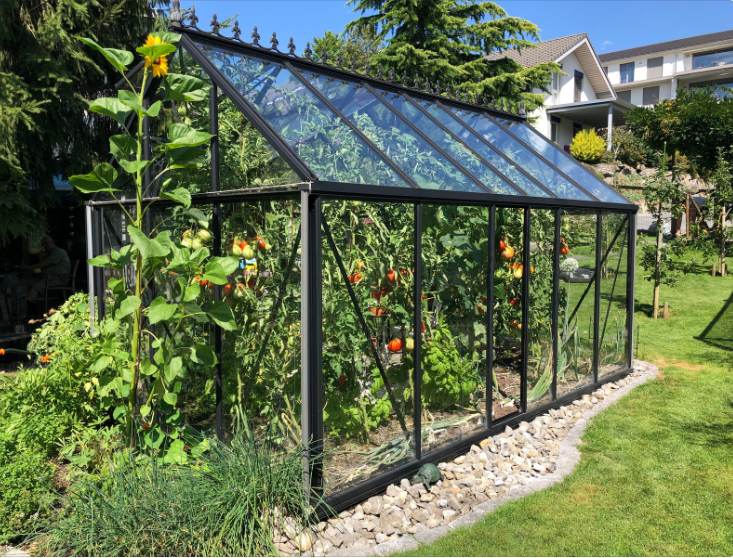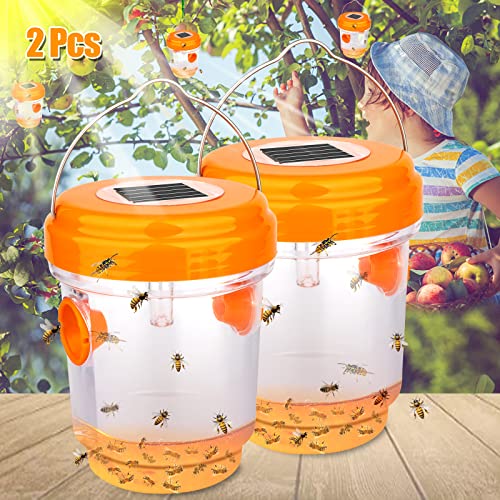
If you’re new to greenhouse gardens, you may not know the many pests that can infest edibles and ornamentals under glass.
Vine weevil, grubs, whiteflies, thrips, aphids, fungus gnats, slugs, mealybugs, and spider mites are a few examples of common pests.
Similar to how you would find in the garden, you may deal with all of these pests in a variety of methods, with the exception that you are doing it inside.
Opening windows, doors, and vents will promote airflow and, to some extent, protect against viruses and disease, but you must move quickly to get rid of any animals that have taken up residence in your greenhouse.
8 Tips For Preventing Pests From Entering Your Greenhouse Garden
1. Keep it pristine
At least once a year, you should clean your greenhouse thoroughly by emptying it thoroughly and washing down all surfaces (including tools, pots, and trays) with warm water and detergent or insecticidal soap.
This will allow you to start the year with peace of mind knowing that it is pest-free.
Throughout the year, ensure you also remove all plants and any plant debris and always maintain a weed-free greenhouse.
2. Consistently inspect plants
Before putting plants in a greenhouse, many gardeners forget to give them a once-over. By inspecting them, you may determine whether mealybugs or other pests are there and whether any slugs are hidden in the soil or under the pot.
The warmer weather is great for our plants, but bugs enjoy it. It would be best if you periodically examined your greenhouse for symptoms of infestation after you have plants there.
3. Use Compost Commercially Available
Use commercial compost for your potted plants because it has been sterilized and is pest-free. Several pests, helpful insects, potential diseases, and soil fresh from the garden will all be present.
4. Place Traps
Wasp traps can be hung from the crossbeams of your greenhouse, along with fly papers or sticky insect yellow sheets. Fungus gnats can be found using sticky white traps.
Pests can enter through windows and vents, which are necessary for adjusting the humidity and airflow. Fly netting on doors will still allow for sufficient ventilation while keeping out trespassers.
One easy method to get rid of thrips and whiteflies is to gently rub your hand over the diseased plants after wrapping sticky tape around your hand with the sticky side facing outward.
The thrips and whiteflies will become agitated and adhere to the sticky tape, just like the sticky fly paper. After that, you can properly dispose of this.
The best way to get rid of slugs and caterpillars is to manually pull them off and kill them in whatever way you see fit. Mine are delightful snacks that I like to put in the bird feeders.
5. Relax
Spider mites may become an issue in a hot, dry greenhouse. You can moisten the ground by sprinkling it with water, which will evaporatively cool the air and add moisture throughout the day.
However, remove any standing water from flooring since it can produce moss, algae, and food sources for coast flies, gnats, and fungus.
Take potted plants outside during the summer’s warmer days, as this will reduce the number of spider mites.
In the winter, leave the doors and windows open for a few days (if no frost or freezing weather is predicted) to help kill off pests, eggs, and larvae. Pests also detest the cold.
6. Use Biological Safeguards
Several biological pest treatments have entered the market in recent years. This is an organic method of getting rid of pests.
Each type of pest control will eat it; after the food supply has been depleted, the pest will die.
Biological control typically takes longer than pesticide control because it takes time for natural enemies to distribute and look for prey.
As soon as the pest is discovered, you should release an opponent. Parasitic wasps, leaf miner parasites, predatory mites, lady beetles, and green lacewings are examples of beneficial organisms.
I strongly advise against pesticides for all gardeners, especially when growing in a greenhouse.
7. Resolve Issues Quickly
Early pest detection is essential. After that, you may identify the issue and take appropriate action.
Although sticky tapes and paper are excellent tools for managing infestations, you might need to switch to mass trapping tools to eliminate and drastically reduce pest populations.
Watch your trapping equipment, keep the plant material away, and replace it as needed.
8. Plant Companions For Greenhouse Gardens
I like companion planting, pairing plants to deter pests and draw beneficial insects.
In a greenhouse, plants like marigolds, tagetes, nasturtiums, mints, and pelargoniums thrive, especially in areas where aphids and whiteflies are an issue.
The best place to put marigolds with tomatoes in your greenhouse is next to them. While mint deters ants, flea beetles, rats, and aphids, these companion plants draw lady beetles and lacewings, which eat aphids and whiteflies.
Read Next: Mint Growing And Planting Tips
Last update on 2024-11-21 / Affiliate links / Images from Amazon Product Advertising API




























